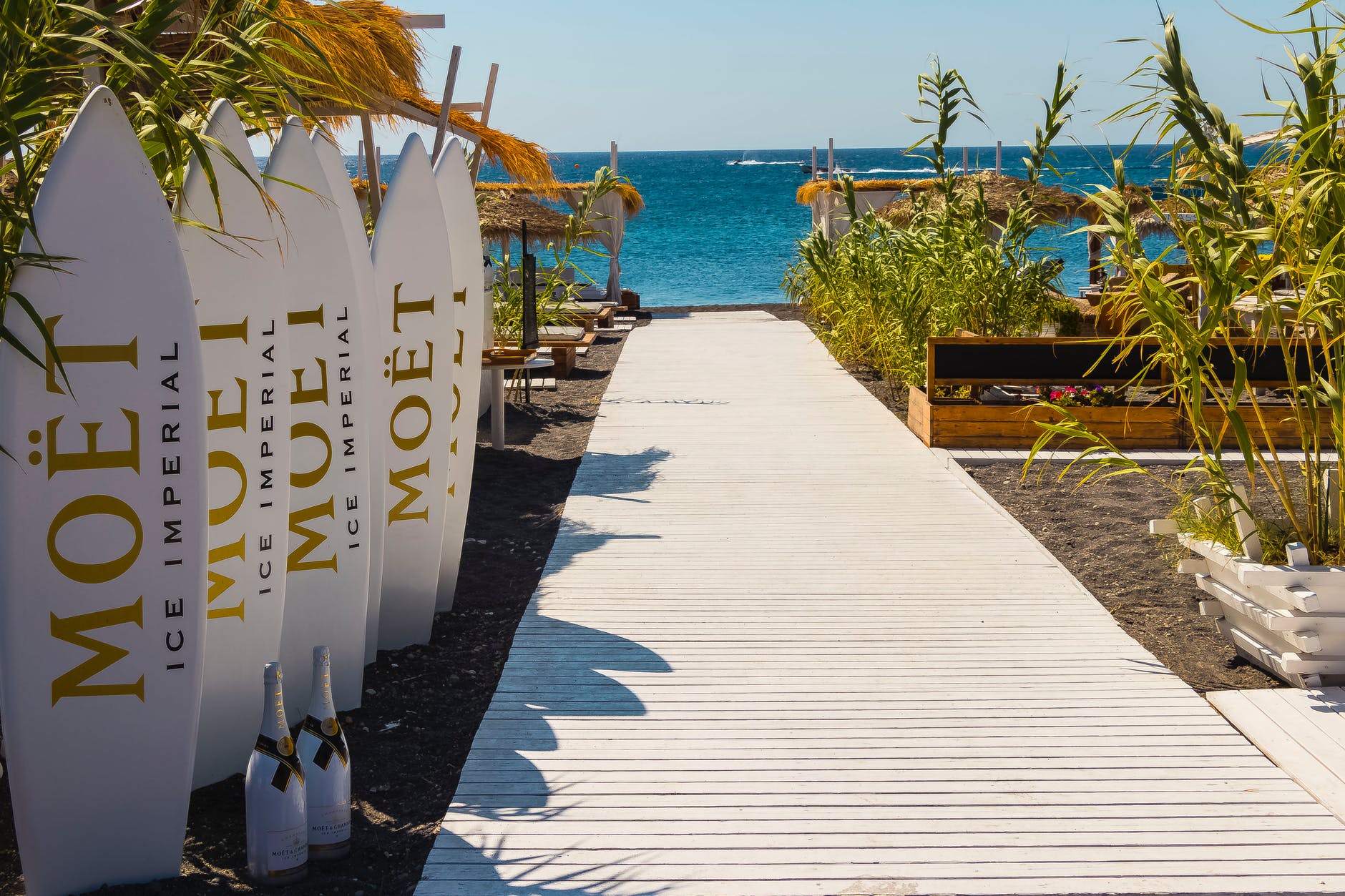 *Since I write Scottish Romance novels, I naturally had to write about Robert the Bruce and his second wife, Elizabeth de Burgh. More so after I watched Outlaw King on Netflix. In truth, I didn’t like it and my love for Chris Pine couldn’t even save it. I felt that the flick only touched on the man who became King of Scots.
*Since I write Scottish Romance novels, I naturally had to write about Robert the Bruce and his second wife, Elizabeth de Burgh. More so after I watched Outlaw King on Netflix. In truth, I didn’t like it and my love for Chris Pine couldn’t even save it. I felt that the flick only touched on the man who became King of Scots.
No matter the movie, Robert the Bruce captured my interest years ago. I even included a Bruce relation in my upcoming Scottish historical romance novella The Chieftain’s Secret and now is the time I can write about this historical couple.
Robert the Bruce or Robert de Brus was of Anglo-Norman and Gaelic nobility as well as the Earl of Carrick. He was the fourth great-grandson of David I, King of Scotland. As the saying goes, his blood ran blue. Through this line, he had a claim to the Scottish throne after the death of Alexander III. He wasn’t the only one though.
The Scottish nobility and Edward I of England bestowed the Scottish crown on the head of John Balliol though he wouldn’t remain king for long. Robert had been married before to Isabella of Mar who died birthing their daughter, Majorie Bruce.
During William Wallace and Andrew Moray’s battle against Edward I, Robert was among those that battled the English for Scottish Independence. In September 1298, when William Wallace resigned as Guardian of Scotland, Robert the Bruce as well as John Comyn, Lord of Badenoch another claimant to the Scottish throne as well as William Lamberton, Bishop of St. Andrews were appointed to that rank.
Bruce wouldn’t hold the position for long. He resigned in 1300. It seems that he and Comyn couldn’t get beyond their differences or most likely dislike of each other.
By 1302, Robert and his family made “peace” with Edward I as they were rumors that John Balliol would reclaim the Scottish throne. It was also this year when he would wed his second wife—Elizabeth de Burgh.
Elizabeth de Burgh was born in 1284 in Ireland and was the daughter of one of the most powerful Irish nobles—the 2nd Earl of Ulster, Richard de Burgh and his wife Margarite de Burgh. Much is not know about her life but she was about eighteen and Robert twenty-eight when they wed.
Most likely their marriage was not a love match but one of politics. Robert’s father was an ally and friend to Edward I as well as Elizabeth’s own father. The marriage was most likely also arranged to help Edward retain an ally in Scotland. Don’t think that peace existed between Scotland and England during these times. There was still unrest and bloodshed and much distrust on both sides.
Four years after their marriage, Robert slain John Comyn in the Chapel of Greyfriars Monastery in Dumfries. Now Bruce was excommunicated for his crime. However, he was given absolution from the Bishop of Glasgow. Now, Bruce claimed the crown of Scotland.
On the 25 of March 1306, Robert the Bruce had the Scottish crown placed on his head. Elizabeth became his queen consort. But this couple couldn’t have a quiet time, there were still English to be fought and banished from Scottish lands.
In June of 1306, Bruce was defeated at the Battle of Methven. Robert placed his wife, his sisters and his daughter’s protection to his brother Niall Bruce who journeyed to Kildrummy Castle. Robert fled and went into hiding.
At Kildrummy, the English laid siege. The Bruce ladies escaped while every man including Niall Bruce was hanged. Elizabeth along with the others took protection at St. Duthac at Tain. But the Earl of Ross imprisoned them and informed Edward.
Elizabeth was imprisoned in harsh conditions in England. She was moved from castle to castle.
Meanwhile, Bruce was waging war against the English. It would take eight years for Elizabeth and Robert to be reunited. During this time, Edward I died and his son Edward II became King of England.
Bruce waged war and on the 24 of June 1314, the Battle of Bannockburn was fought. The Scottish and Bruce won their independence.
In November of that year, Elizabeth was finally reunited with her husband in a prisoner exchange.
Elizabeth and Bruce would have four children together—Matilda, Margaret, David II of Scotland and John of Scotland. All their children but John (died in infancy) grew to adulthood.
How their relationship was? I imagine that they grew to have tenderness and perhaps love. Elizabeth withstood eight years of harsh imprisonment. Robert must have known that and had a respect for her at the very least.
At around forty-three years of age, Elizabeth died on 27 October 1327 at Cullen, Banffshire. She was buried at Dunfermline Abbey.
Eighteen months later, Robert followed his queen to the afterlife at the age of fifty-five.
*This post was meant to upload in early November but I got sick so it’s late.




 A trip to a sandy beach?
A trip to a sandy beach?